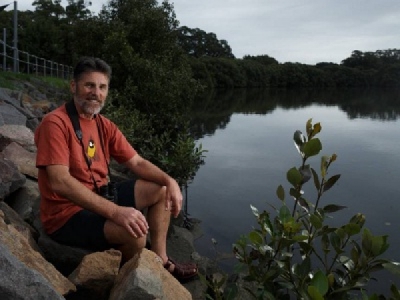
Posted on March 28, 2017
By Matthew Kelly, Newcastle Herald
A LOT has changed in and around Throsby Creek over the past two decades. Once a desolate and polluted stormwater drain, the city’s largest urban waterway now supports a thriving ecosystem.
The creek’s change in fortunes has also helped drive the property boom in Maryville and Tighes Hill in recent years.
The blueprint for the transformation, the 2001 Total Catchment Management strategy, has recently been reviewed.
Work is now underway on the 2017 Throsby Creek plan and community input is now sought into its development.
Community members have the opportunity to discuss and have input into the plan at the Throsby Creek Action Station to be held at Islington Park on Sunday, April 2 between 9am and 3.30pm.
“The new plan will consolidate and focus the efforts of agencies responsible for action within the creek and catchment for the next six years,” event coordinator Su Morley said.
Tighes Hill resident and Hunter Bird Observers Club member Tom Clarke will be among those sharing information on the day.
“It’s amazing to see the changes that have occurred in the birdlife around the creek over the past 28 years,” Mr Clarke said.
“We have seen new bird species move into the area while others have moved on.”
The creek drains stormwater from a 3000 hectare catchment area that extends to Charlestown.
The main channel between Maitland Road and Hannell Street was last dredged in 1992.
While much of the sediment has returned, a Hunter Water spokesman there were no immediate plans to re-dredge the channel because studies had shown sedimentation did not impact on flooding.
A new sediment study to determine where the sediment is coming from is underway.
“With sedimentation in the tidal reaches of Throsby Creek forming as part of a natural process, a range of options are being investigated to determine if it is more beneficial to have treatment options throughout the catchment, or if dredging the sediment in the lower reaches is the most suitable management method,” the spokesman said.
“The outcomes of this study will feed into the future plans for the creek,”
Source: Newcastle Herald





